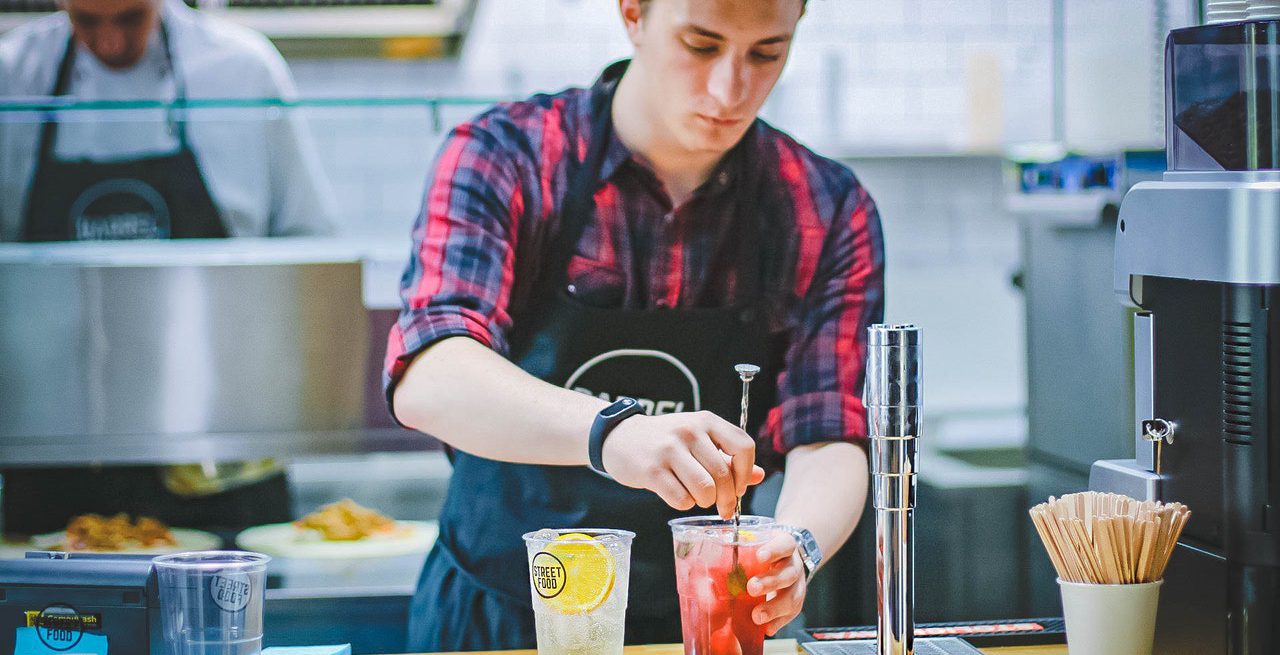Cutting Down on Labor Costs Without Sacrificing Safety or Food Quality
2 Min Read By Wade Winters
 “Ask the Expert” features advice from Wade Winters, Vice President of Supply Chain for Consolidated Concepts Inc. Please send questions for this column to Modern Restaurant Management (MRM) magazine Executive Editor Barbara Castiglia at bcastiglia@modernrestaurantmanagement.com.
“Ask the Expert” features advice from Wade Winters, Vice President of Supply Chain for Consolidated Concepts Inc. Please send questions for this column to Modern Restaurant Management (MRM) magazine Executive Editor Barbara Castiglia at bcastiglia@modernrestaurantmanagement.com.
Q: How can a restaurant operator cut down on labor costs without sacrificing safety or food quality?
A: Food costs have finally stabilized (with some exceptions such as chicken wings), which has been a blessing for the restaurant industry; however, labor costs continue to be a thorn in the side of restaurant operators. New regulations and pressure to increase wages only means labor costs will continue to be a challenge. So, what is a restaurant operator to do?
Many restaurants do most of the preparation and processing of their menu items from the raw commodity. For example, a typical kitchen would have a team member take a chicken breast, trim the fat, cut the chicken into a specific size portions or strips, and marinate until needed for cooking.
Taking some of the labor out of the operation may involve leaning more on the suppliers. In the previous scenario, a chicken manufacturer could pre-trim, pre-cut, and pre-marinate the chicken to the restaurants specifications. All the restaurant needs to do then is open the package and throw it on the grill. Obviously, there is a higher cost per pound for this type of product vs. processing in-house; however, once you consider the yield and labor it’s likely a cost savings opportunity.
Outsourcing some of the processes does not mean food quality is being sacrificed. A restaurant can still have the finished product they want if the manufacturer is able to replicate the item they need prior to the cooking and/or assembly step. Manufacturers have advanced tremendously in their capabilities, technology, and efficiencies. They provide quality, yield, and consistency that can’t often be replicated at the unit level for a restaurant chain. The kitchen staff still puts “the love” and finishing touches on the product that is plated and served to the guest at the restaurant, keeping the brand integrity and the quality standards in place.
Another advantage of outsourcing some of the in-house processes is minimizing food safety risks. Manufacturers are mandated to follow very stringent food safety and HACCP (hazard analysis and critical control points) requirements, and are audited on a regular basis. Passing on the risks involved in processing raw food products to the manufacturer is a smart thing to do from a liability and risk management standpoint. Nothing can ruin a brand’s image faster than a food safety incident and I’m sure we all know several restaurant concepts that can support that statement.
An operation should not just focus on the “cost per case.” It’s only one piece of the cost formula. What matters is the “cost per serving”. What is the actual cost to get the finished product to the customer? Once yield, labor and food safety is considered, the cost paid per case means very little.


